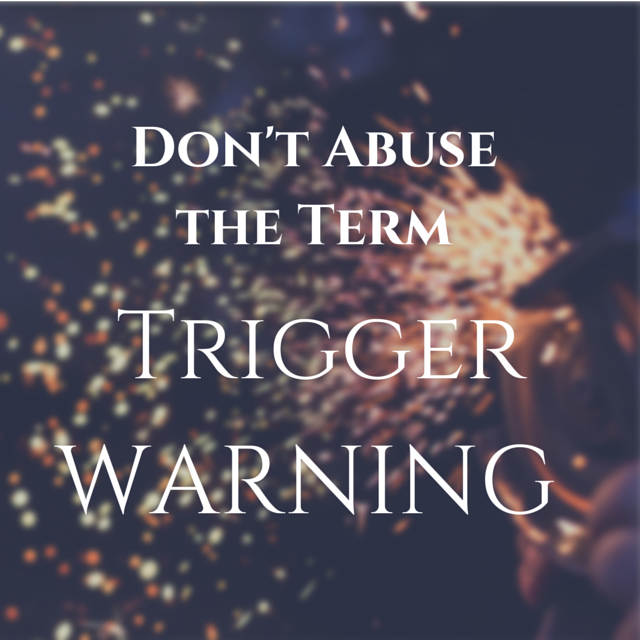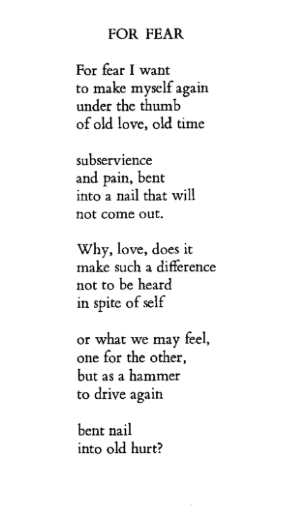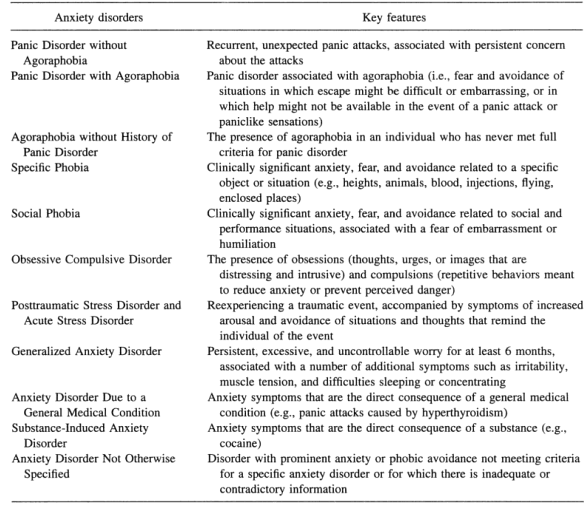“Emotions are a primary idiom for defining and negotiating
social relations of the self in a moral order.”
—Catherine Lutz & Geoffrey White
I recently read an article on the relationship between emotions and a person’s ability to function in society.[1] Throughout the entire thing, I thought, “This is a perfect description of the world of blogging.” And it applies immediately, with almost 1:1 correspondence, to the world I live in: the world of evangelical blogging and writing. If you’re a seminary student, this will make sense of seminary culture. If you’re a scholar, this will be sadly (and hopefully a bit humorously) informative. I’ll leave the connections for you to make, but I wanted to provide the basic framework for those who are interested.
The authors of the article are Dacher Keltner and Jonathan Haidt (K&H), and they explore the concept of human emotions through the lens of social function theory, which simply means that the way we organize our understanding of emotions all comes down to how our emotions inform our understanding of relationships.[2] K&H are dissatisfied with teleological reductionism (evolutionary models), both in its biological form (emotions are animalistic coping mechanisms in the evolutionary apparatus of death and life) and its cultural form (the emotions that most benefit the good of society are promoted naturally, and those that exist to society’s detriment are marginalized and eventually die). Contrary to these forms of reductionism, Keltner and Haidt propose a “social-functional account” of emotions, which presupposes three primary tenants (508-9):
1. Social functional accounts of emotions assume that people are social by nature, and encounter the problems associated with personal survival in the context of relationships.
2. Social-functional accounts portray emotions as means of coordinating social interactions and relationships to address those problems. Emotions are thought of as relatively automatic, involuntary, and rapid responses that help humans regulate, maintain, and use different social relationships, usually (though not always) for their own benefit.
3. Emotions are portrayed as dynamic processes that mediate the individual’s relation to a continually changing social environment, although the length of time that emotions are said to last varies from seconds or minutes to weeks or years.
K&H apply these three tenants of social functionality to four spheres of psychological analysis (506):
1. Individual (intrapersonal)
2. Dyadic (between two individuals)
3. Group (a set of individuals that directly interact and has temporal continuity)
4. Cultural (within a large group that shares beliefs, norms, and cultural modes).
For K&H, in each of these four levels of sociality, emotions have different functions in empowering the mechanism of a person’s social capacities. That is, each sphere – individual, dyadic, group, and cultural – functions for the purpose of aiding “the self” to relate to “the other.” Each sphere functions differently:
1. Individual (509-510):
(a) The conscious feeling of emotion produced by appraisal processes[3] is believed to inform the individual about specific social events or conditions, typically needing to be acted upon and changed. Affect is a kind of information. What you feel tells you about yourself.
(b) Certain emotion-related physiological and cognitive processes prepare the individual to respond to problems or opportunities that arise in social interactions, even in the absence of any awareness of an eliciting event.[4]
2. Dyadic (511):
(a) Emotional expressions help individuals know others’ emotions, beliefs, and intentions, thus rapidly coordinating social interactions. For example, one persons’ expressed recoiling in fear toward a certain location (perhaps because they saw a snake) elicits fear, suspicion, and similar physical functioning toward that same location in the other person in the dyad.
(b) Emotional communication evokes complementary and reciprocal emotions in others that help individuals respond to significant social events. For example, the ability to experience sympathy (e.g., to meet sadness with sadness) assists social functionality.
(c) Emotions serve as incentives or deterrents for other individuals’ social behavior. For example, a certain kind of laughter from the one person rewards desirable social functioning of the other person, and another kind of laughter punishes undesirable behavior.
3. Group (512):
(a) Emotions help individuals define group boundaries and identify group members. Collective ecstasy and awe may give group members the sense of communal identity.
(b) Within groups, the differential experience and display of emotion may help define and negotiate group-related roles and statuses.
(c) Collective emotional behavior may help group members negotiate group-related problems.[5]
4. Cultural (513-14):
(a) Emotions play a critical role in the processes by which individuals assume cultural identities. For example, embarrassment motivates conformity and the proper playing of one’s roles, whereas disgust motivates the avoidance and shunning of people who violate key values within a culture.
(b) Emotions are embedded in socialization practices that help children learn the norms and values of their culture. For example, emotional conflicts engage individuals in conversations about cultural notions of right and wrong and redressing wrongdoing.
(c) Cultural constructions of emotional experience reify and perpetuate cultural ideologies and power structures. For example, cultural discourses about female emotionality regulate women to positions of subordinate status.
K&H then apply this model to a case study: embarrassment (515-16).
Individual: Embarrassment is defined by the sense of personal failure and lowered status, which may signal to the individual which specific social actions should be avoided, thus motivating participants to stay within the bounds of appropriate behavior. Moreover, people forego personal gain to avoid embarrassment, and once embarrassed, they engage in corrective behavior that restores their social standing.
Dyadic: Social transgressions require some form of appeasement or repair. Embarrassment is signaled by blushing, a controlled smile, face touching, downward movements of the head and eyes, and inhibited speech. These behaviors have been shown to signal the embarrassed person’s commitment to social norms, and to prompt forgiveness in others.
Group: Embarrassment helps establish and maintain group hierarchies and norms. Group practices, such as teasing and shaming, produce different levels of embarrassment in group members. For individuals, the differential experience of embarrassment in group contexts may signal their positions in the group hierarchy.
Cultural: Self-conscious emotions related to embarrassment are involved in the assumption of culturally appropriate identities and the perpetuation of cultural norms and values. Embarrassment for Americans seems to lack the element of virtue.
Again, I’ll leave it to the reader to make applications to his or her own blogging subculture.
[1] Dacher Keltner and Jonathan Haidt, “Social Functions of Emotions at Four Levels of Analysis,” Cognition and Emotion, 13, no. 5 (1999): 505-521.
[2] In academic-speak, functional explanations for emotions in general hinge on “interpreting data by establishing their consequences for larger structures in which they are implicated.” Robert K. Merton, Social Theory and Social Structure (New York: Free Press, 1968), 101.
[3] Appraisal processes are the individual’s procedures for interpreting events, sometimes causing emotions (e.g., interpreting betrayal as offensive, thus causing anger) and other times responding to them (e.g., responding to the anger of betrayal with a reformatted interpretation of the offender, thinking, “He was a loser anyway.”).
[4] For example, when anger is elicited, the body naturally shifts blood away from the internal organs and towards the hands and arms. See R. W. Levenson, P. Ekman, and W. V. Friesen, “Voluntary Facial Action Generates Emotion-Specific Autonomic Nervouse System Activity,” Psychophysiology 27 (1990): 363-384. Basically, when you get angry in your heart, your body goes into battle-mode in ways that you have no control over.
[5] K&H support this statement by citing a study that found that chimpanzees were observed to engage in exuberant, celebratory affiliation just prior to the allocation of valuable resources. I don’t know why they had to study chimpanzees to make this observation, or how that is relevant to anything.











